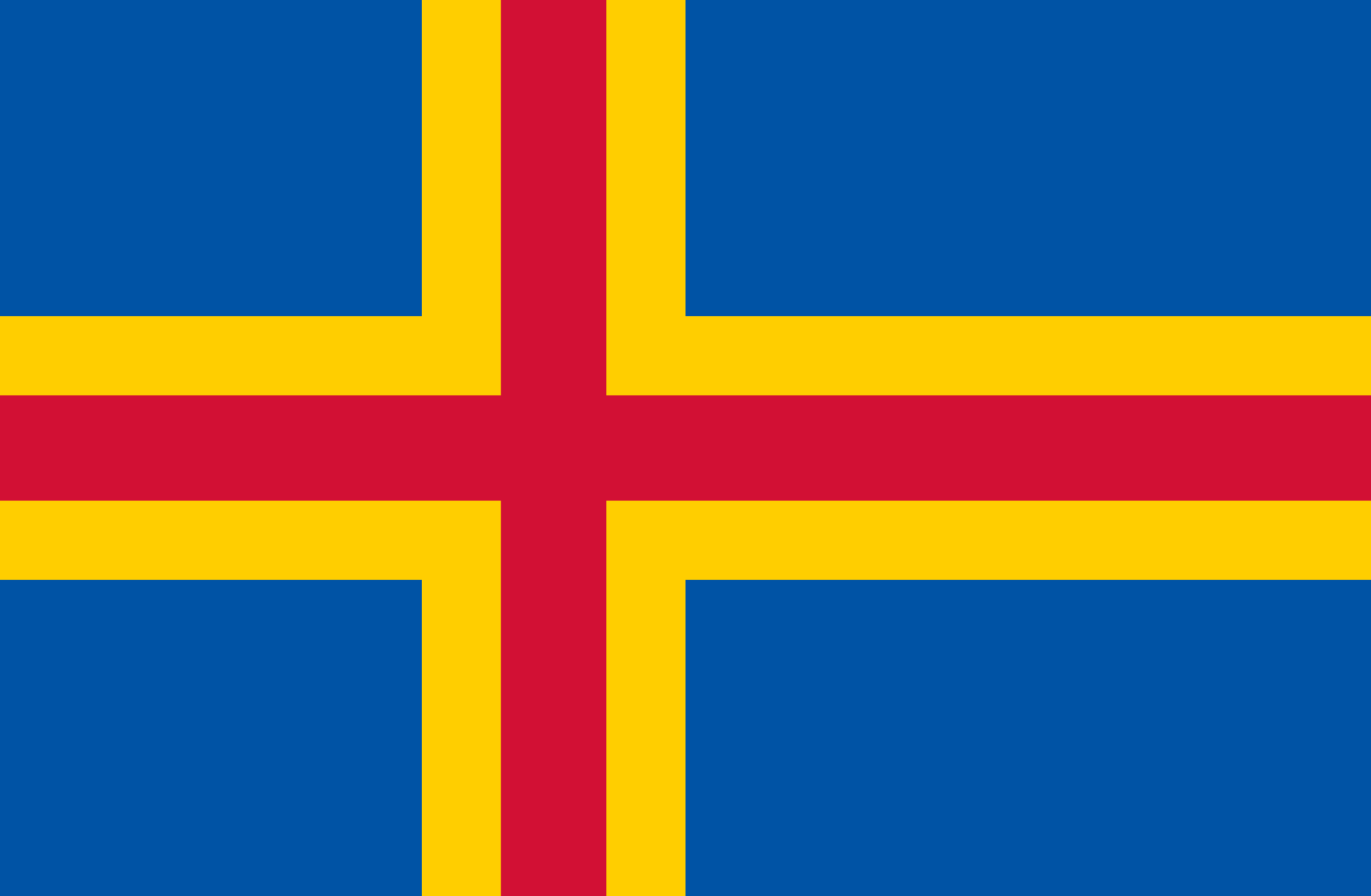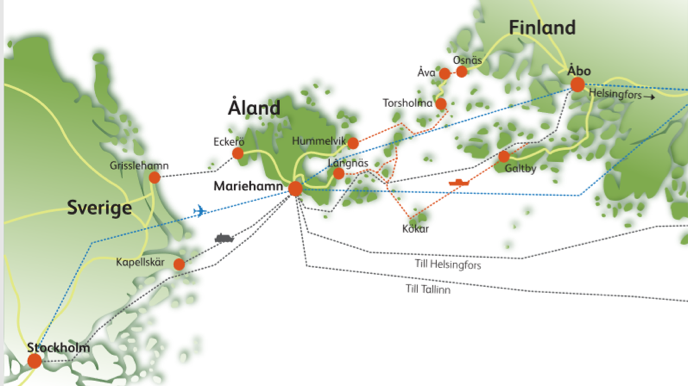The Åland Islands
The Åland Islands lie at the south-western tip of the Finnish peninsula between Finland and Sweden. This archipelago of 6,500 islands and skerries is demilitarised, an autonomous region and a Swedish-speaking part of Finland.

The Åland Islands (Finnish: Ahvenanmaa, Swedish: Åland) lie at the south-western tip of the Finnish peninsula at the mouth of the Gulf of Bothnia between Finland and Sweden. This archipelago consists of 6,500 islands and skerries. As of 2019, the population of 29,789 lives on 65 of the islands, with 70% of the inhabitants on the largest island where Mariehamn, the provincial capital and largest town, is located. The islands’ economy has grown since the Second World War as a result of the growth of the shipping and tourist industries.
Finland’s only majority Swedish-speaking region
Swedish is the sole official language of the province. Well over 90% of Ålanders speak Swedish as their first language, making it Finland’s only majority Swedish-speaking region. Taxpayer-funded schools provide instruction in Swedish only.
Demilitarisation
Åland’s demilitarised status has been grounded in international treaties since the nineteenth century. Åland was first officially demilitarised as a result of the Peace of Paris, which ended the Crimean War in 1856. In 1921, ten neighbouring states signed a convention reaffirming demilitarisation. Finland’s peace treaties with the Soviet Union in 1940 and 1947 uphold Åland’s demilitarised status. Demilitarisation means in practical terms that the islands may not have fortifications or military armaments. Male residents of the islands are exempted from compulsory military service.

Map showing how closely connected Åland is with both Sweden and Finland. Photo: visitaland.com.
Autonomy - background
Åland’s autonomy within Finland is grounded both in international agreements as well as in national legislation. After Finland declared independence from the Russian Empire in December 1917, a separatist movement in the archipelago agitated for incorporation into Sweden. Sweden and Finland submitted the dispute to the League of Nations. In 1921, the League affirmed the islands’ association with Finland, but also required the Finnish government to grant the islands political and cultural autonomy as a means of protecting their Swedish language and culture. Finland’s Parliament had already, the year before the League’s ruling, passed a law giving the Åland Islands autonomy. This Autonomy Act has been revised twice, in 1951 and 1993.
How autonomy works in practice
The archipelago has its own legislature, which makes local laws, as well as having a separate postal service and its own flag. Migration from the Finnish mainland to Åland is impeded by a law of domicile that prevents a new resident from voting in local elections, owning real estate, or owning a business unless that Finnish citizen has lived in Åland for at least five years and demonstrates a fair command of Swedish. The Finnish government retains power over the judiciary, most aspects of civil and criminal law, customs, and state taxation. Further international affirmation of Åland’s autonomy was granted in 1970 when the archipelago’s government was first allowed to send its own representatives to the meetings of the Nordic Council. The autonomy of Åland was also secured in the treaty that facilitated Finland’s membership in the European Union in 1995.
Further reading:
- James Barros, The Aland Islands Question: Its Settlement by the League of Nations (New Haven: Yale University Press, 1968).
- Åland Government and Parliament, Åland in Brief (Mariehamn: Mariehamns tyckeri, 2008).